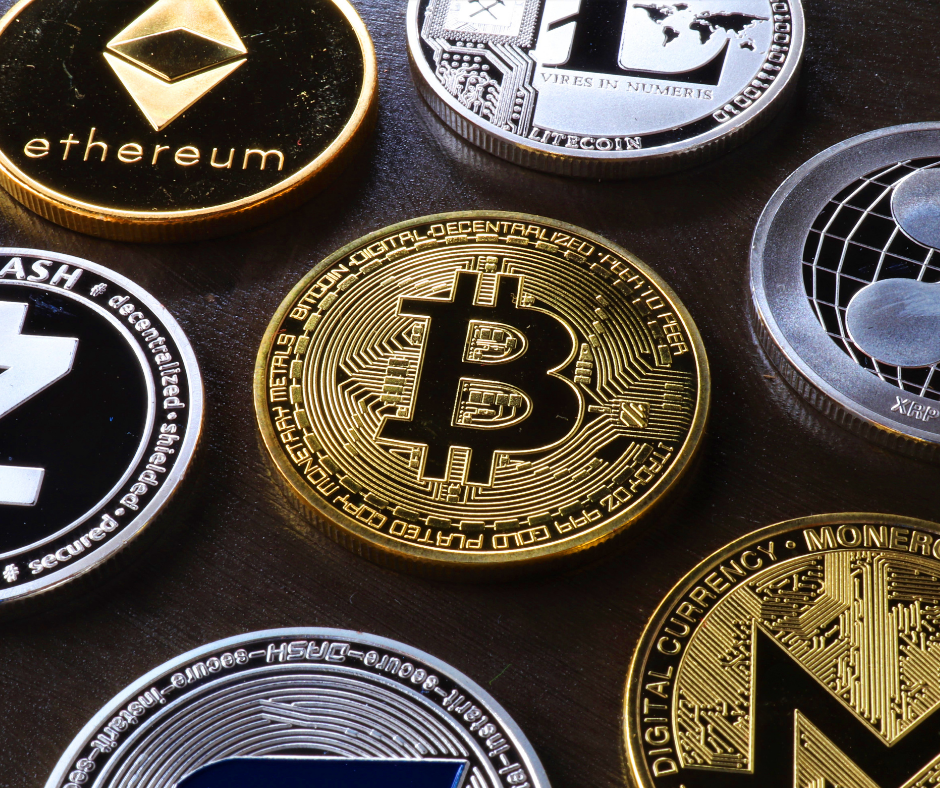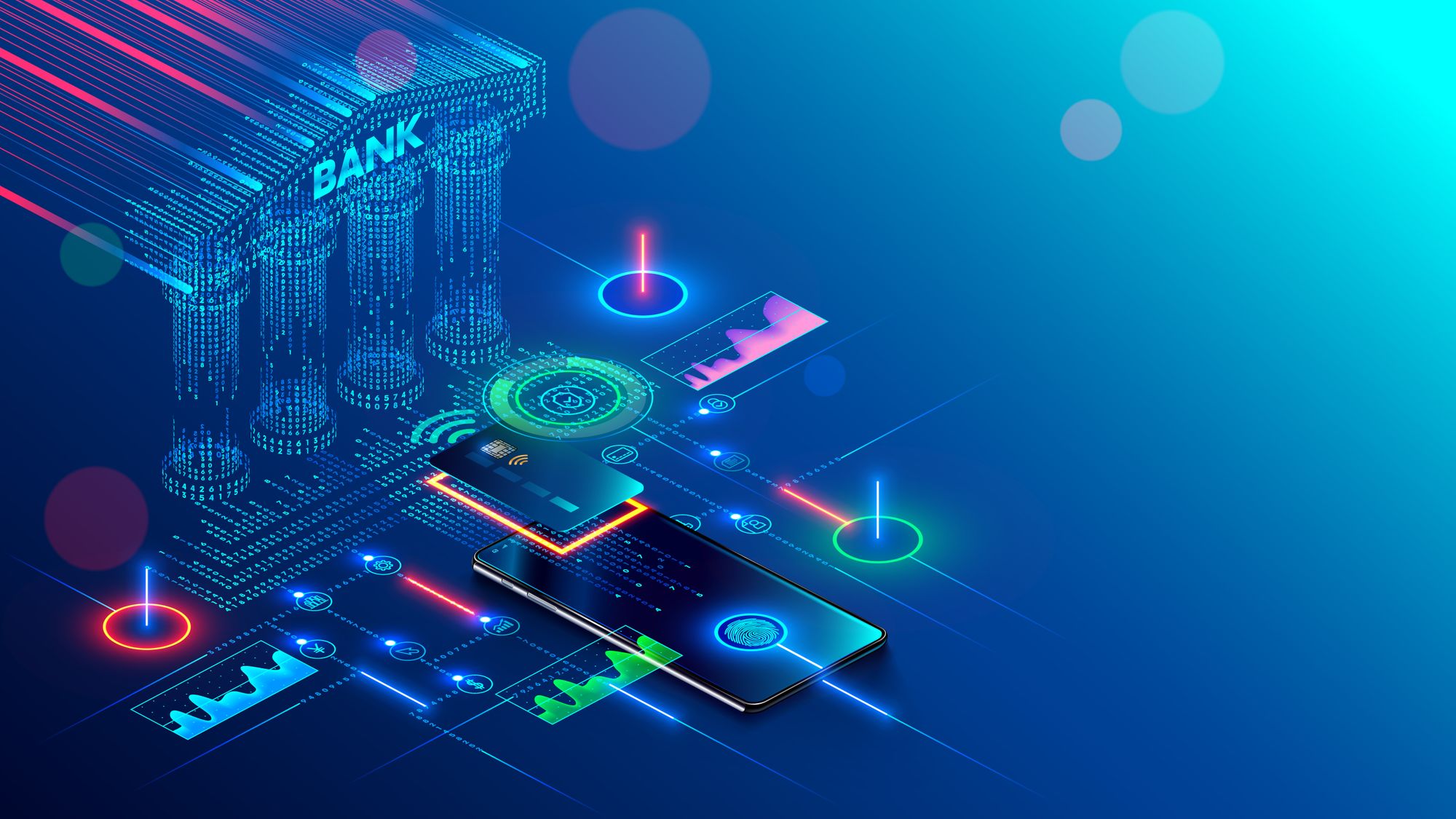4 Things To Know About Digital Money

Kids often wonder why dollar bills have more value than dollar coins which are made of precious metals and a lot heavier. Although they might not have realized it, their underlying question is where money derived its value as a medium of payment.
They might learn later on in their lives that the value of money is derived from the fact that the country's central bank promises to pay for the amount written on the face of that note.
This realization that money derives its value from its acceptance as a payment medium spurred tech innovators to develop digital money, such as cryptocurrencies.
Though no central bank or centralized authority backs this kind of digital money, many investors are attracted by its decentralized status as a hedge against market uncertainties.
If you want to understand more about managing or mitigating the risks in your cryptocurrency trading, you might want to consider cryptocurrency arbitrage. It doesn’t entirely remove trading risks, but it helps you bring them down to a minimum.

Here are some of the things you should know about digital money.
Understanding Digital Money
One of the most common misconceptions is that cryptocurrencies are the very first forms of digital money. But there’s been different variants of electronic money for some years now in the form of credit card payments and wire transfers.
In many ways, these mobile crypto trading apps have hastened the acceptance of cryptocurrencies. In addition, cryptocurrency exchange platforms like Pionex are very popular among traders and investors. As a result, there has been an explosion of desktop and mobile apps facilitating crypto trading in the past several years.
For example, platforms like Binance let you track Solana’s real-time SOL to USD price, which helps traders act quickly during market swings.
Digital money is similar to cash or fiat currency because digital money can also be a unit of account and medium of payment. But the significant distinction here is that digital money is not cash. Digital money doesn’t take the form of physical cash and cannot be directly converted to cash by, for instance, withdrawing your cryptocurrencies through an ATM cash dispenser.
In this sense, cash held in online bank accounts is not, strictly speaking, digital money because it can be converted to physical currency as when you withdraw your money in an online account.
Another difference between digital money and physical cash is that it takes more time to facilitate the transfer and exchange of money across borders. It’s so much easier to transfer digital money through cross-border digital transactions. Different countries have different fiat currencies issued by their respective central banks. These banks restrict the transfer, movement, and exchange of these cash notes because they are principally liable for these obligations.
Transfer and exchange of physical currencies have to be facilitated through the SWIFT payments network. There is a global network of numerous banks and financial institutions. SWIFT facilitates the recognition and processing of inter-country bank transactions. This process takes time, and the remittance could take days before it’s confirmed.
Kinds Of Digital Money
There are different kinds and variants of digital money. Developers of payment methods and facilities have come up with various forms of digital money designed to meet the multiple needs and purposes of financial payments. That is possible with digital money because of its technological applications and capabilities. Not including computer codes of cash held in online bank accounts and payment wallets, here are some of the kinds of digital money that have been developed in recent times:
- Virtual Currencies
Long before the conceptualization and invention of cryptocurrencies, some form of digital money was already being used in role-playing games (RPGs) in the form of the virtual currencies used to play these digital computer games. The first virtual currencies were those used in virtual home life and businessmen’s games. Later on, gaming networks also came up with their virtual currencies using gaming network tokens.
Virtual currencies are not regulated. Instead, they are solely controlled by the game developers or those who founded the organization that owns or sponsors the gaming network. In most cases, virtual currencies are created using computer algorithms by defining specific network protocols. But the limitation of virtual money is that they’re not accepted as a medium of payment for goods and services outside of the gaming network which created them.

- Cryptocurrencies
Cryptocurrencies were designed with the use of cryptography. As a result, they have become the most popular form of digital money in recent years. The basic idea of cryptocurrencies is that they’re digital currencies that have been wrapped with cryptography to enhance their security and protect them from tampering.
Among the most popular cryptocurrencies are Bitcoin and Ethereum, although numerous other cryptocurrencies have been developed in the past few years. For those interested in diversifying their digital currency portfolio, platforms where you can buy Ethereum offer a straightforward way to invest in one of the most popular cryptocurrencies next to Bitcoin for an in-depth understanding of Bitcoin's evolution over time, you can explore the Bitcoin price history. Their continuously increasing popularity has led the values of cryptocurrencies to grow exponentially in the last decade. If you are interested in buying Bitcoin, there are various platforms available for purchase. One such platform is MoonPay, you can buy Bitcoin on MoonPay and other cryptocurrencies with a credit or debit card. As of July 2021, the market capitalization of cryptocurrencies had already exceeded USD$2 trillion.
Nevertheless, as with any other type of digital money, cryptocurrencies are also subject to taxes and the IRS can trace transactions. We’ve seen firsthand how digital currencies have evolved from a niche interest into a mainstream payment method,” says a Representative of Gamdom. “Many users now see crypto as more than just an investment—it’s a practical, fast, and borderless way to transact onlineIt's essential to educate yourself about tax laws on cryptocurrencies, rely on crypto tax calculators to ensure your numbers are correct, and keep records of all your transactions to file your crypto taxes accurately.
- Central Bank Digital Currencies
The popularity of decentralized cryptocurrencies has impelled central banks to issue their own central bank digital currencies (CBDCs). CBDCs are separate and distinct from the fiat currencies, which are issued and backed by the legal authority of central banks. CBDCs do not refer to the cash held in online bank accounts or payment wallets. Instead, the money in these accounts refers to money held as deposits by banks in the depositor's name.
CBDCs are a kind of digital money issued and backed by the central bank of a specific country. They are in the form of electronic or digital money. They can be used as a medium of payment for goods and services and currency if allowed by the central bank that issued them. They may or may not be allowed to be converted to fiat currency or cash, depending on the rules and regulations set by the central bank.
CBDCs are often issued in two classes, retail and wholesale. Retail CBDCs are often used for everyday transactions, much like how you use fiat paper currency. Wholesale CBDCs are often used for large-scale or high-volume transactions involving huge amounts of money. In addition, they’re often used by banks for their transactions and intermediations.
- Stablecoins
One of the criticisms leveled against cryptocurrencies was that they were volatile. Their prices could rise to record highs and then dive back to record lows in hours or days. So naturally, that was attractive to traders who wanted to earn by working the differences created by the highly-volatile price movements.
But this isn’t good for long-term investors who are looking for alternative places to store their money and protect themselves from the possible hyperinflationary effects of political instability or market uncertainty on fiat currency and the stock markets. This led to the creation of stablecoins. It was intended to mitigate the impact of the price volatility of cryptocurrencies.
What makes stablecoins less volatile is that they’re tied to or pegged against the value of a fiat currency or an index based on the prices of a basket of goods. Some stablecoins were developed as proxies for fiat currencies, but even those proxies aren’t backed by any central government authority. As a result, there has been an explosion in the number of stablecoins, which, as of 2021, already numbered more than 200 globally.

Characteristics Of Digital Money
Here are some of the characteristics of digital money:
- Digital money or digital currencies exist only in digital form. They don’t have a physical counterpart. You’ll have to convert or exchange them into the digital form of fiat currency before you can cash them out as physical paper money from ATMs.
- Digital money can be either centralized or decentralized. For example, Fiat currencies have a centralized production. They can only be issued by the central bank of the country’s government issuing them. CBDCs are also centralized. The decentralized digital currencies or money are cryptocurrencies and stable coins. Bitcoin and Ethereum are the most famous examples of decentralized digital currency.
- Digital money can transfer value. For example, Fiat currencies are used to transfer value as a payment medium to buy goods and services. Cryptocurrencies and stablecoins can also be used to transfer value. More merchants are starting to accept payments in cryptocurrencies. Even virtual currencies are used to purchase items or functionalities in gaming networks, though the phrase transfer of value has to be enlarged when referring to virtual currencies.
Some Problems Solved By Digital Money
There were numerous problems with money and other forms of payment, such as promissory notes, checks, credit cards, and wire transfers, even before the invention of digital money. For example, dollar bills were counterfeited or robbed from bank vaults by criminal organizations. Signatures on notes and checks were occasionally forged. That’s why it’s essential to know the proper procedure for voiding a check. In addition, credit card credentials could be stolen and used fraudulently.
The creation and invention of digital currencies, in a way, was a response to the various issues and challenges which beset the other traditional forms of payment. They were hoping digital currencies could solve some of these issues.
Here are some of the problems that can be solved by digital money:
- Risks In Handling Physical Paper Money
Handling physical money involves a lot of risk from possible loss, damage, tampering, theft, and robbery. It’s why banks place them in vaults and transport them in armored vehicles. But you don’t have this problem with digital money.
- Financial Access For Unbanked
One of the most significant impacts of CBDCs is that they enable central banks to issue money directly to the citizens of a country without having to go through the system of state-owned and private-owned banks. In some countries, that is being done by paying the CBDCs directly to the citizens through downloadable mobile apps.
- Less Time To Process Transactions
When a person wants to send money to his family in another country, the bank takes his money and then computes for the equivalent in the fiat currency of the recipient’s country. The bank would then send a code to the SWIFT network. This would then be sent to the bank of the recipient. This process is quite cumbersome and time-consuming.
By contrast, digital money hastens inter-country financial transactions because it does away with financial intermediaries such as banks, foreign exchange traders, and other financial institutions. Moreover, you can invest in and hold digital money by simply opening an account on digital money trading platforms with downloadable mobile apps. Some apps also allow you to store your digital money in digital wallets.
Conclusion
Digital money is similar to fiat currency as a unit of account and medium of payment. But it’s different because it doesn’t take the form of physical cash. Instead, there are various types of digital money.
Among these are CBDCs, cryptocurrencies, and stable coins. Digital money solved some of the problems that beset paper cash, such as the risk of physical storage, giving financial access to the unbanked, and long waits for money remittances to go through.
Author Bio:
David Austin is a research analyst on digital money and cryptocurrencies. He often writes about trends and technology, digital money, and fintech. His hobbies are swimming, running, and hiking.


